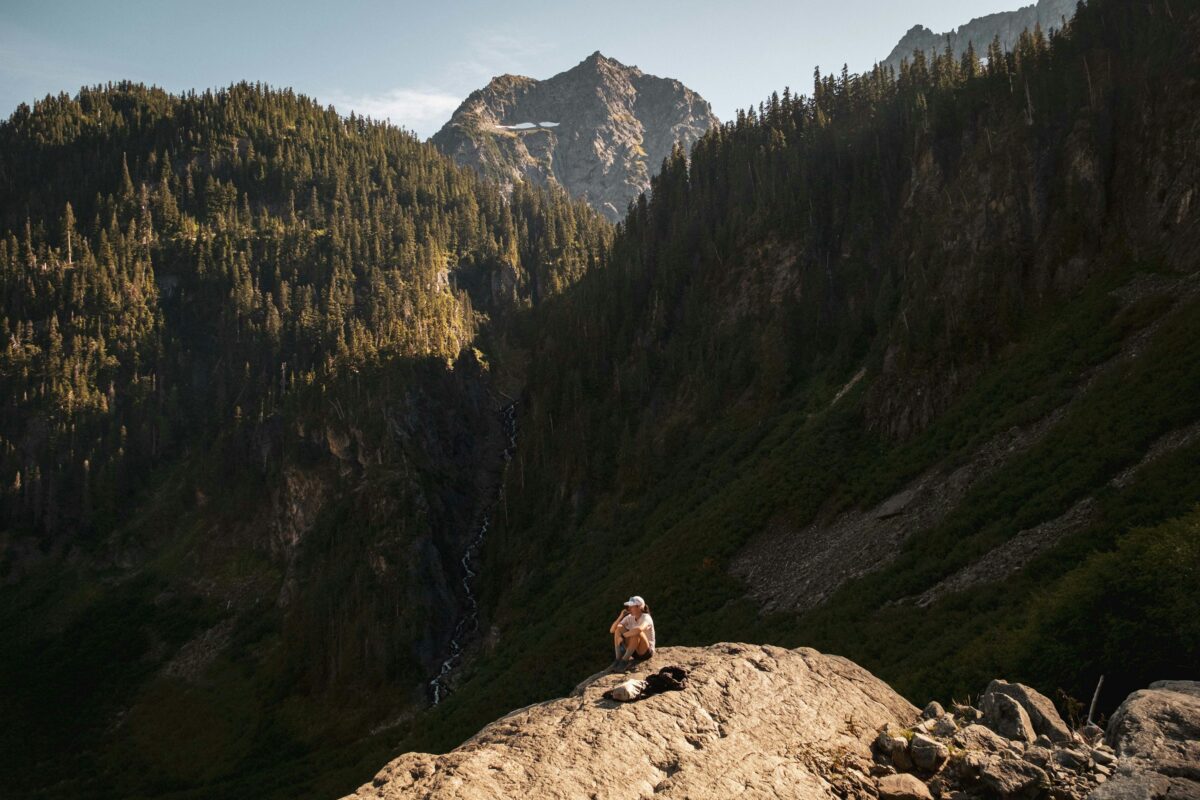The Wilderness Act of 1964 preserved American wilderness “to ensure for the American poeple of present and future generations the benefits of an enduring resource of wilderness.” In our new political landscape, that resource is under threat.
By Abram Dickerson and Ian Ramsey; photos by Nick M. Danielson.
One hundred years ago, on June 3, 1924, the US Forest service accepted a proposal from a young forester named Aldo Leopold and set aside 500,000 acres of mountains, rivers and desert surrounding New Mexico’s Gila River, creating the first federally recognized Wilderness area in the United States and the world.
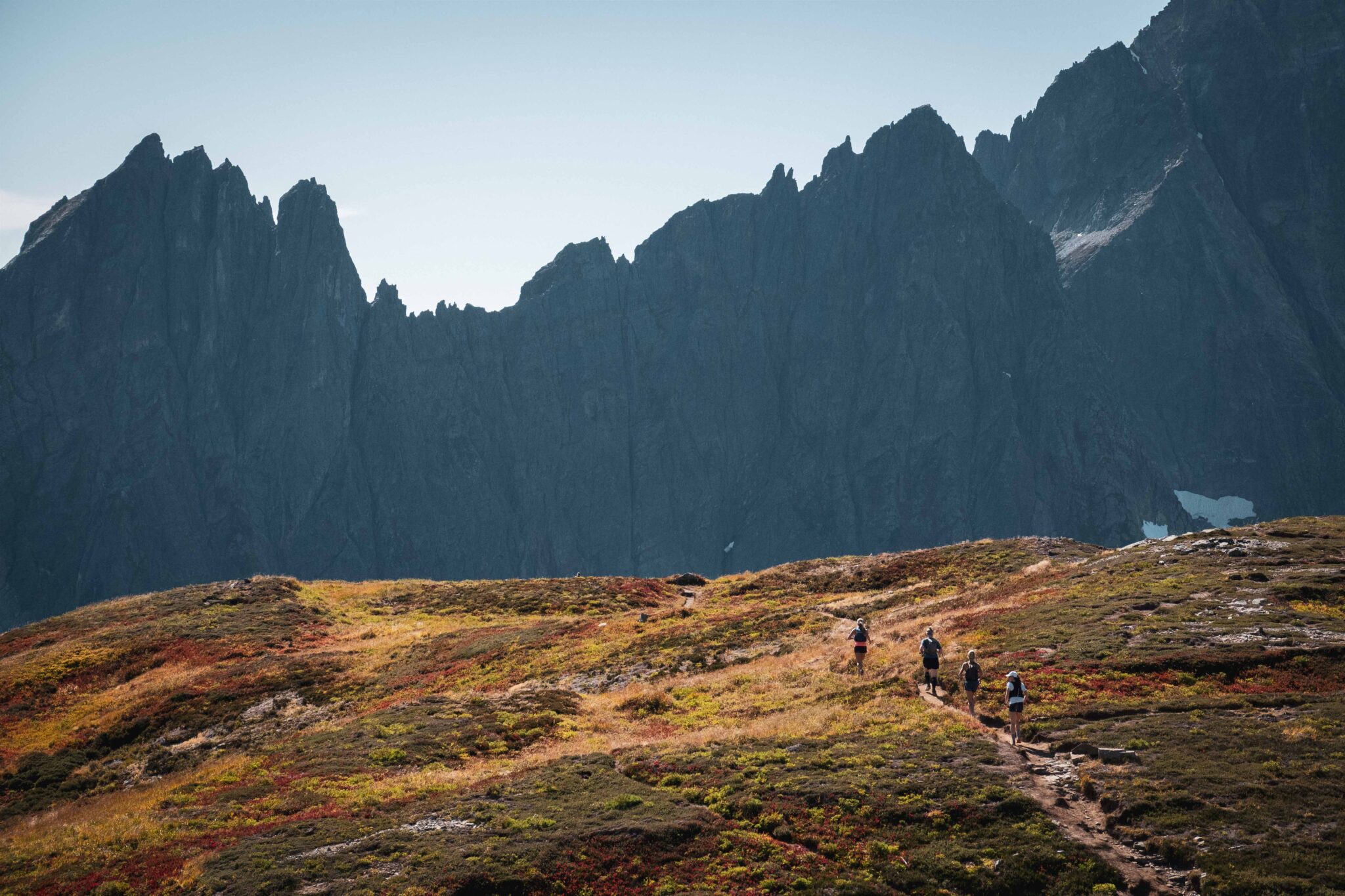
Forty years later, on September 3, 1964, after decades of conservation science and lobbying by Leopold and others like Howard Zahniser, Bob Marshall, and Olaus and Mardi Murie, President Lyndon B. Johnson signed the Wilderness Act into law.
Its purpose: “to assure that an increasing population, accompanied by expanding settlement and growing mechanization, does not occupy and modify all areas within the United States and its possessions, leaving no lands designated for preservation and protection in their natural condition” and “to ensure for the American people of present
and future generations the benefits of an enduring resource of wilderness.”
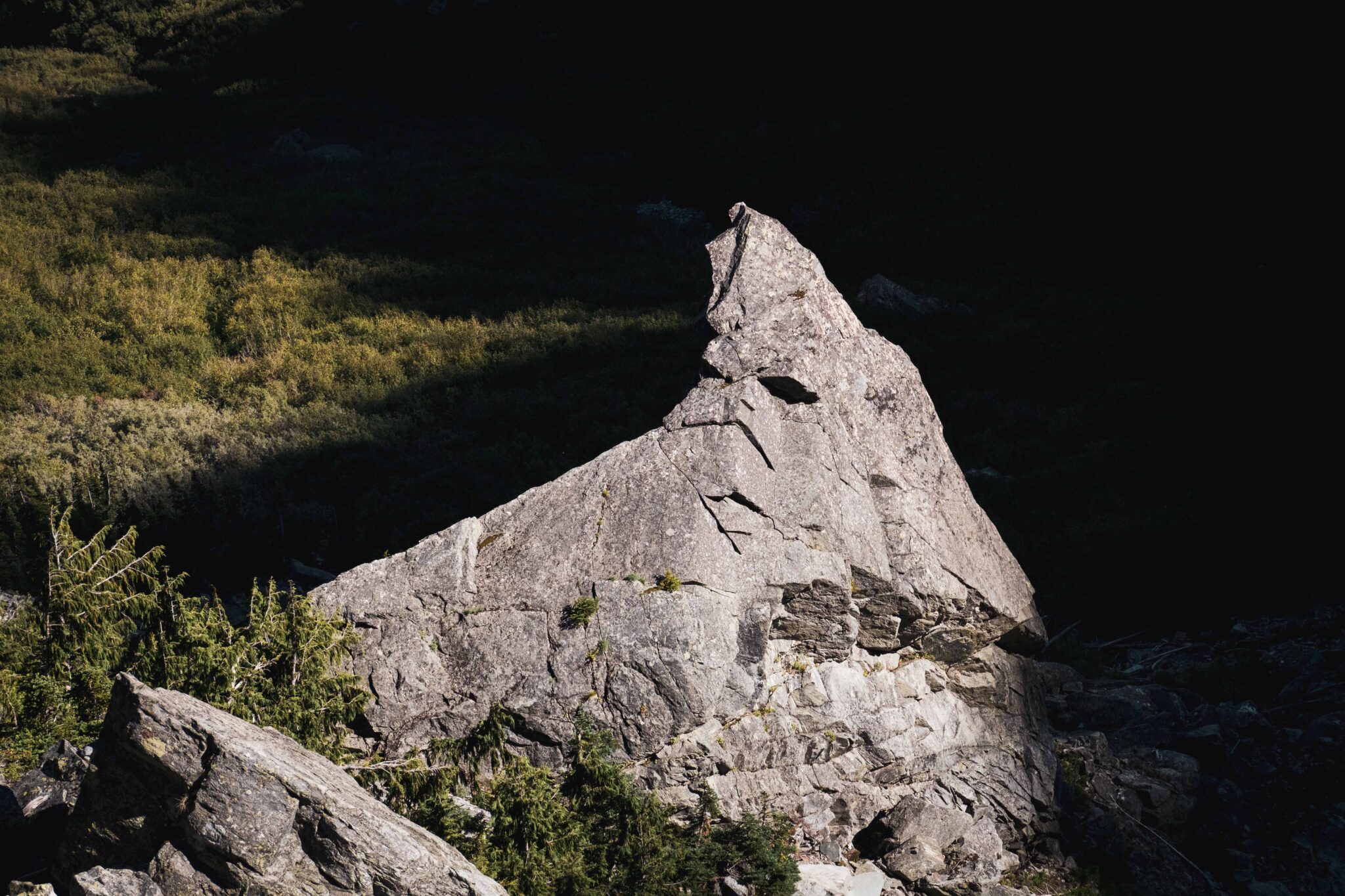
The act created the National Wilderness Preservation System, protecting 9.1 million acres across 13 states, including the Gila Wilderness, The Boundary Waters, Montana’s Bob Marshall Wilderness, and California’s Ansel Adams Wilderness. Today the
wilderness system contains nearly 112 million acres across 44 states and Puerto Rico.
The Wilderness Act was groundbreaking. Not only did it help kick off a decade of pivotal environmental legislation that included the Clean Air Act, The Clean Water Act and the Endangered Species Act, but it recognized that, in a nation built around individualism, relentless growth and development, it is critical to conserve lands and ecosystems-that those places have value beyond extraction. It also recognized that we, as humans, need those places. Without the Wilderness Act, the Boundary Waters would have been
mined, the Selway-Bitterroot clearcut, the Wolverine even more endangered, and citizens might not have access to the Bob Marshall Wilderness or the Sonoran Desert’s Cabeza Prieta.
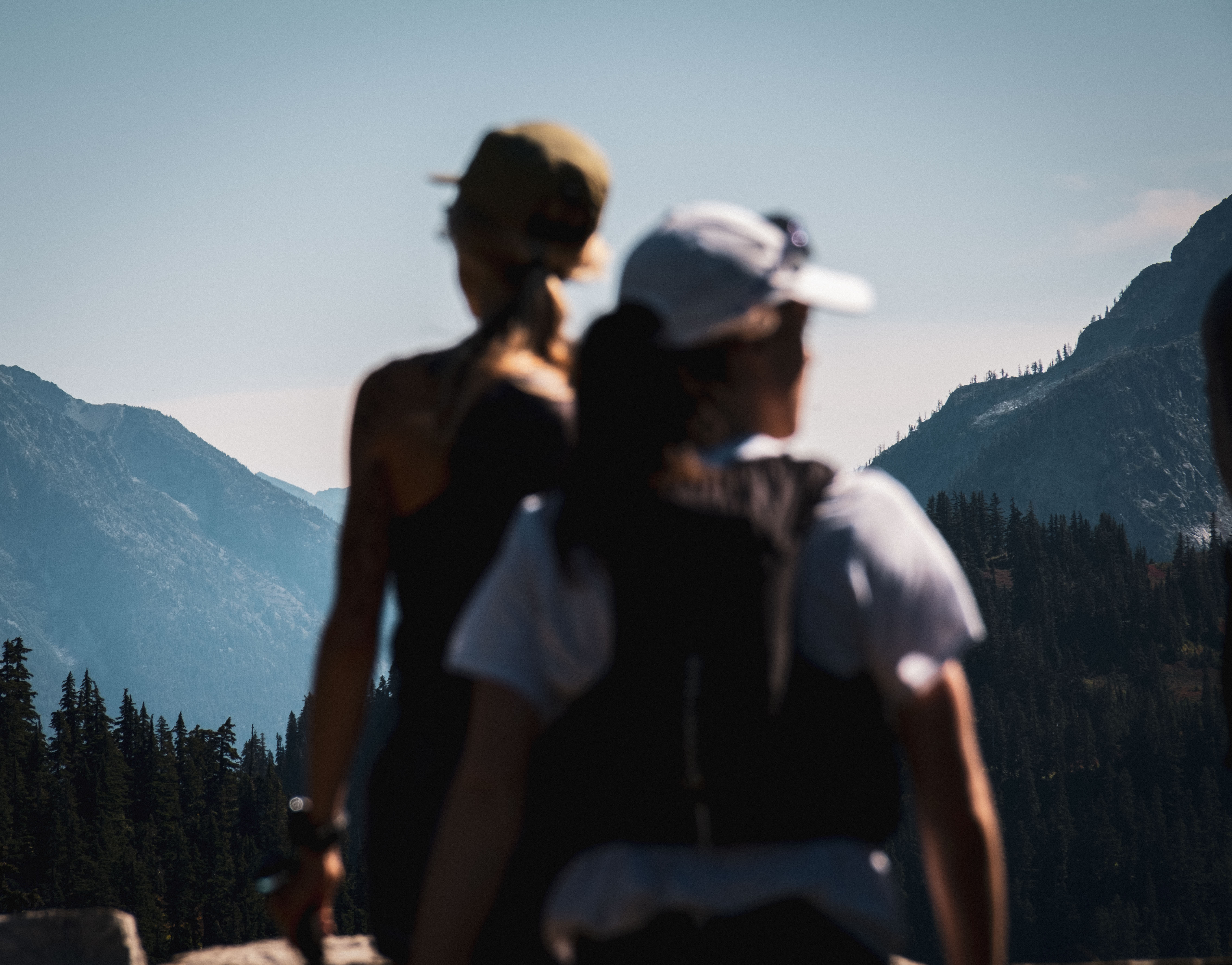
At the heart of the Wilderness Act is a recognition of both the destructive appetite of humans and our capacity for wonder and reflection. When we stare at the night sky and simply open our eyes, it’s clear we are an anthropomorphic blip on an unfolding cosmic
scroll. Yet, as a species with a seemingly inexhaustible drive to consume, we mine, manipulate, mar, and ultimately destroy the very earth that sustains us. Humans are fickle animals, capable of organizing the dust of this earth into the Sistine Chapel, the
Taj Mahal, and the atomic bomb. In short, we are a paradox of power.
Yet, we are so busy with the logistics of living that we forget our place and our potential.
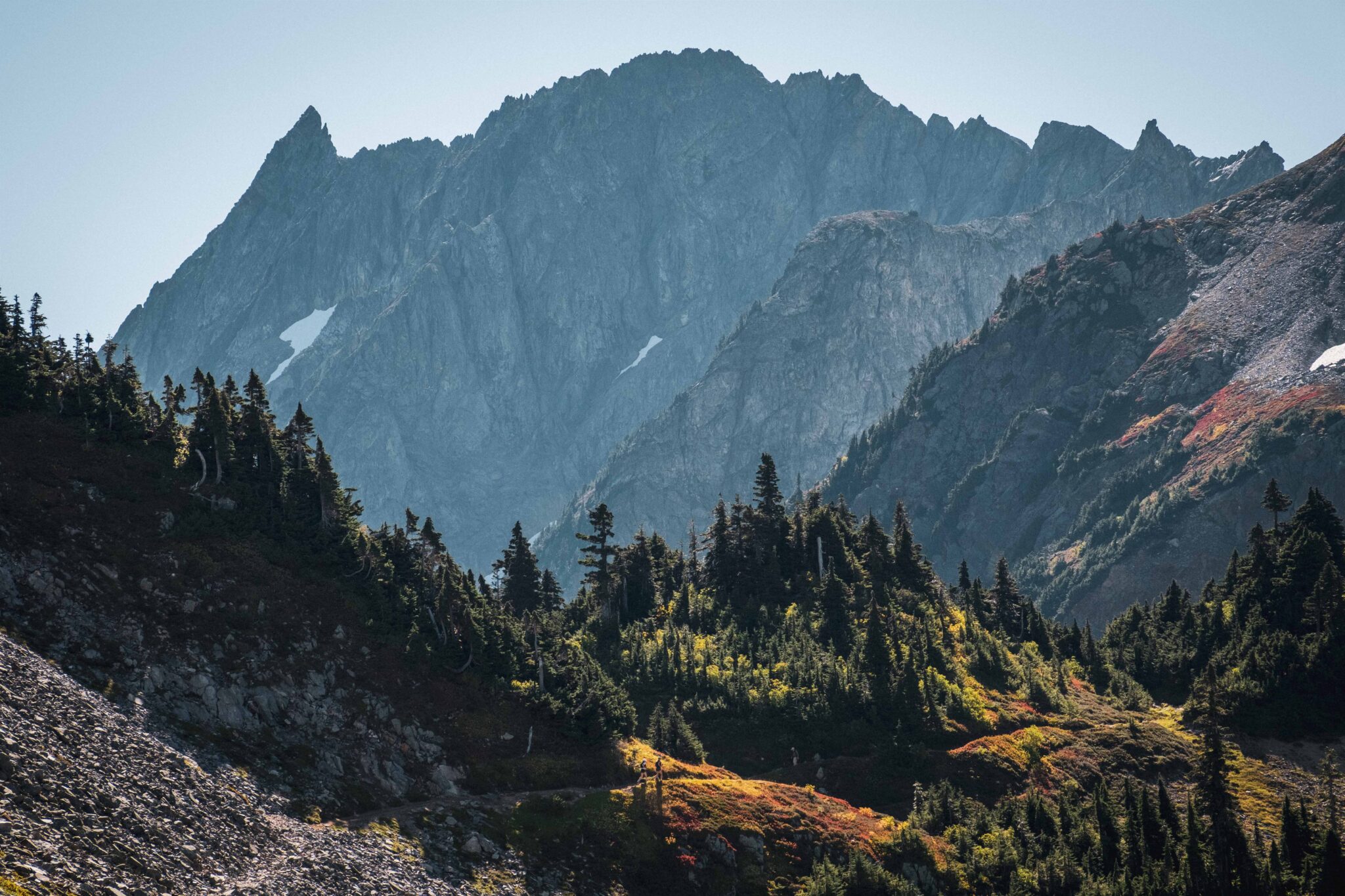
The loss of nature as a sanctuary motivated the authors and activists to create the Wilderness Act. They were witnessing the destruction of the wild in a capitalist-fueled extraction of resources that was quickly destroying an ecologically sustainable and naturally beautiful landscape. They feared the development of the world and the loss of inspiration and connection to an inherently balanced and “unmarred” landscape. They feared the permanent loss of spaces for solitude and scenic inspiration that could remind us to be careful, to walk gently, and to channel our individual and collective action towards that which is beautiful, cooperative, and sustainable.
Unfortunately, following this year’s election results, this wise legislation is under greater threat than ever before. The State of Utah is pursuing a lawsuit that argues that all Bureau of Land Management acreage in the state should be transferred to Utah state control. If the Supreme Court upholds this, it would create a precedent that would allow all states to take over federal land, which would mean more development and extraction on currently protected land.
A cornerstone of Trump’s agenda is Project 2025, an overhaul and dismantling of the Federal government. Project 2025’s plan for the Department of the Interior was written by William Perry Pendley, who has stated that all public land in the west should be sold off to private investors. Part of Pendley’s plan is to eliminate most species experts at the US Fish and Wildlife Service, and to abolish
the entire Biological Resources Division of the US Geological Survey.
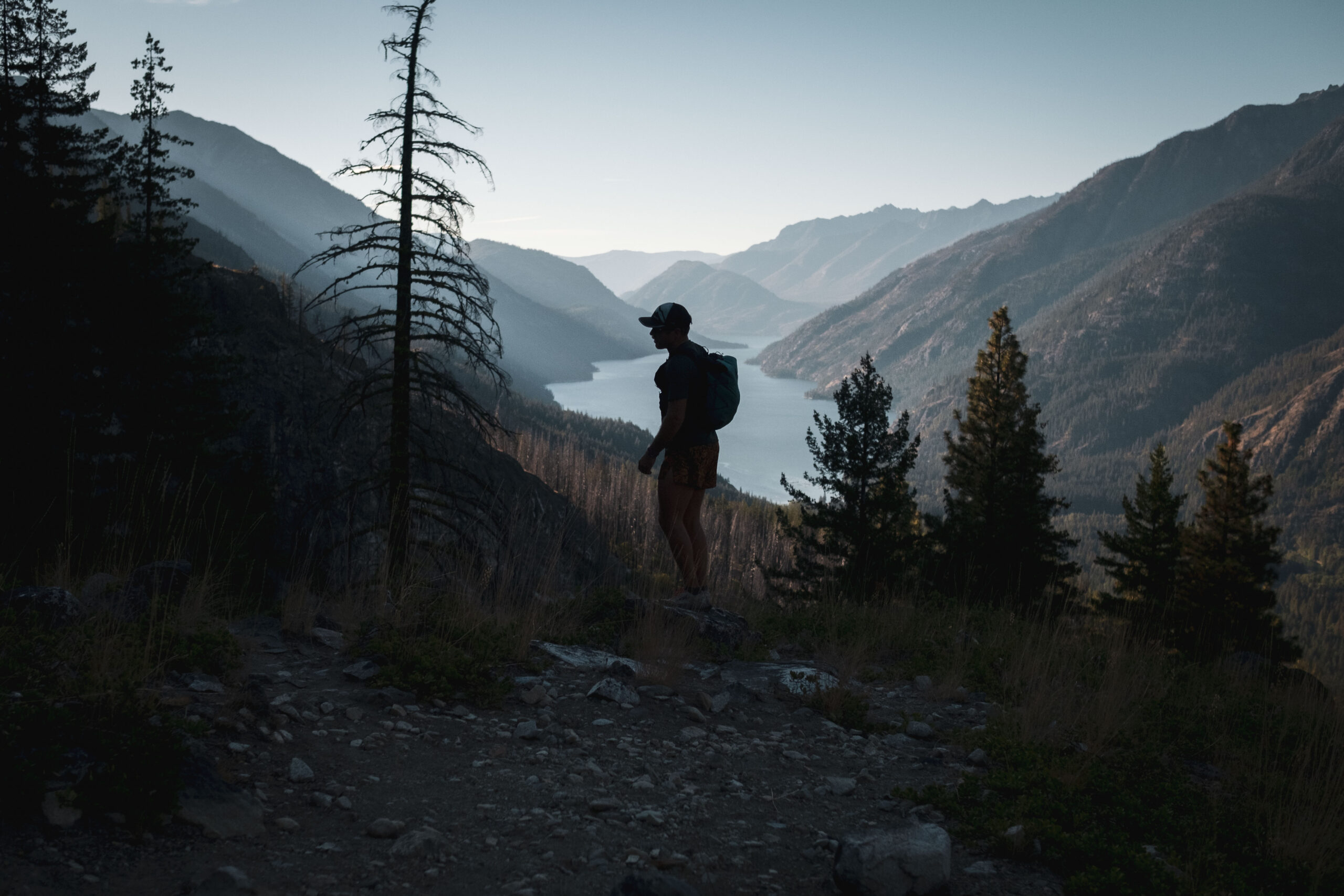
Moreover, many provisions of the Endangered Species Act could be eliminated, as well as critical habitat designations. Project 2025 aims to eliminate the Antiquities Act (which is used to create National Monuments) and would sell off oil and gas leases in the Arctic National Wildlife Refuge, America’s greatest wilderness.
These are just a sampling of the ideas in the public land chapter of the proposal. In total, it includes dozens of actions, ranging from specific to sweeping, that a future president could take to cripple climate action, remove wildlife protections, and curtail outdoor recreation. From removing protection for the 9 million acre Tongass National Forest to allowing mining in the Boundary Waters Wilderness, Project 2025 proposes to undermine public lands protection of ecology in the name of private development.
All of this happens against a backdrop of climate change and extinction rates that are 1000 times higher than pre-human levels.
And that is to say nothing about the antidemocratic leanings of Trump and Vance, whose senate campaign was funded by tech billionaire Peter Thiel who once wrote that “I no longer believe that freedom and democracy are compatible.”
On the 100th anniversary of the first designated Wilderness and the 60th anniversary of the Wilderness Act, it’s worth reminding ourselves that the systems we create for cooperation are fragile. We can rewrite our agreements and undo our citadels of law and order. That which we hold dear can be lost. Our market-driven, hyper-digitized, 24-hour click-buy-smear-kitten-face-insta-tick-scroll culture, if not unchecked, can distract and manipulate us into forgetting our place in the universe.
What is that place?
Earth.
Where beautiful, rare, and wild elements converge into intelligent and
interconnected life.
What is the “enduring resource of wilderness?”
It is a reminder that life is sacred, wonderful, and worth working and loving to protect. Let’s fight to honor the Earth and the wise efforts of Aldo Leopold and so many others as we forge into this new era of American politics so that future generations can continue to share these gifts.
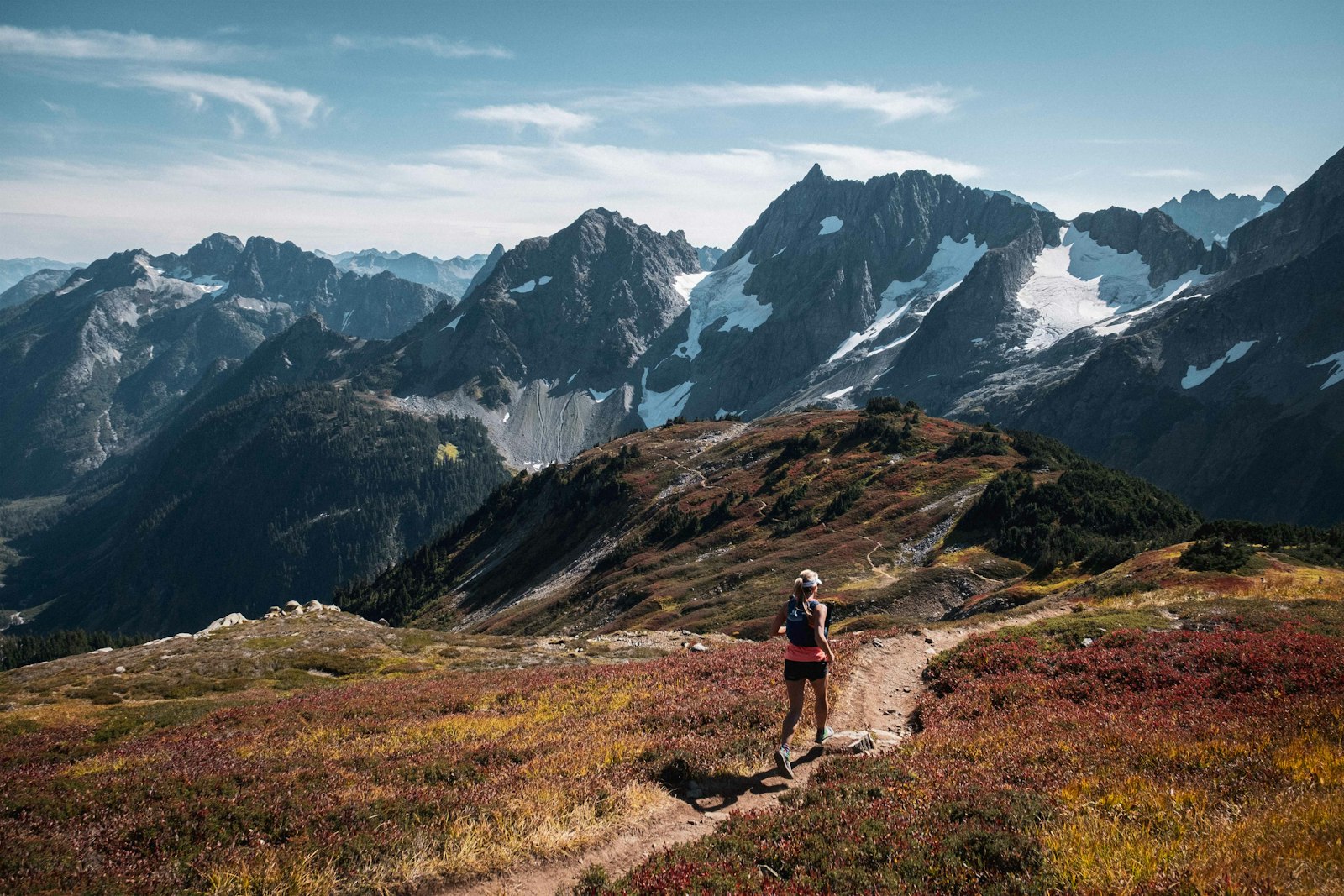
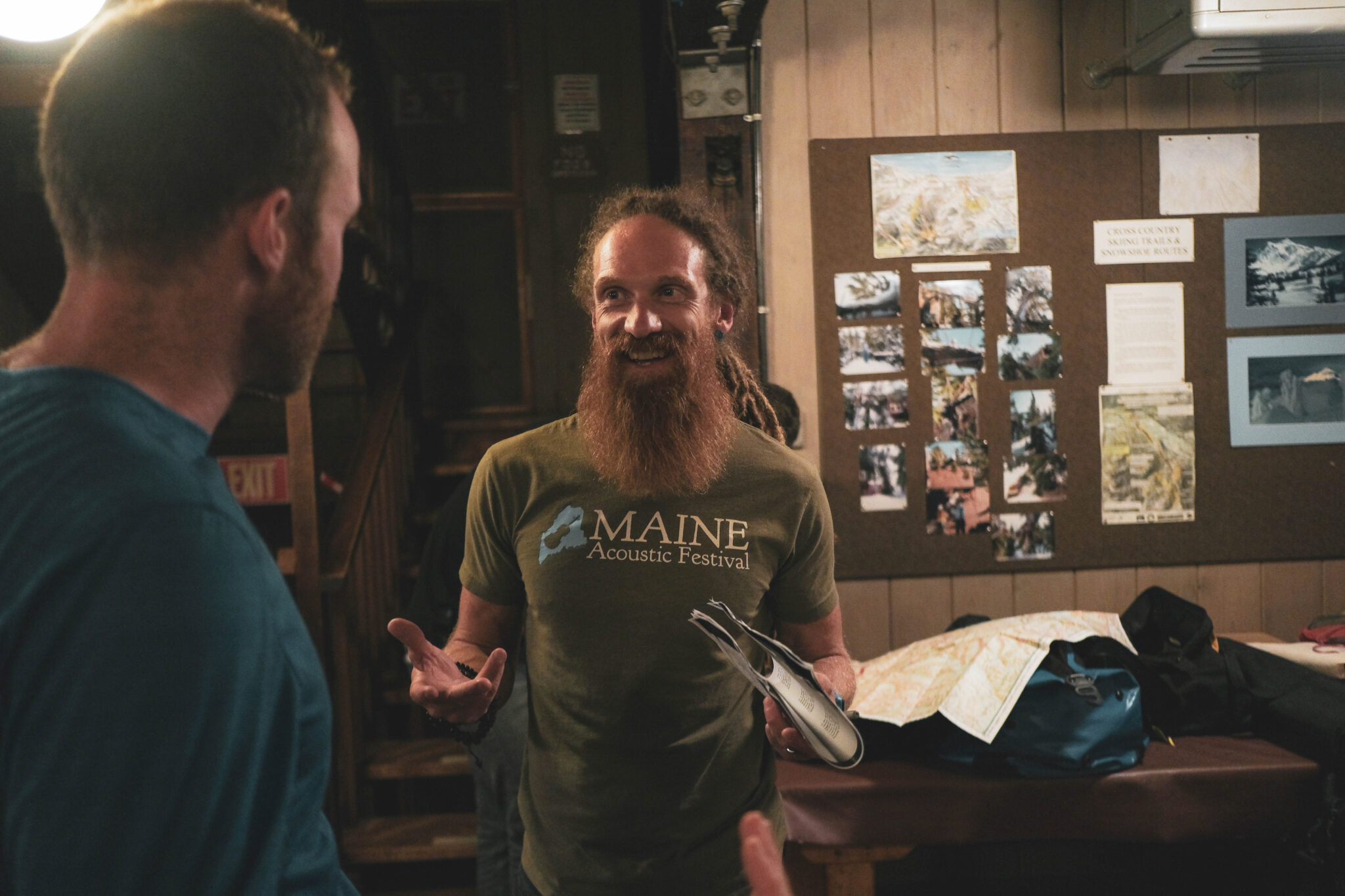
Ian Ramsey is the author of Hackable Animal and the director of the Kauffmann Program for Environmental Writing and Wilderness Exploration. With over two decades leading trips and expeditions across the US, Alaska and internationally, he loves empowering people to take agency in their lives and discover new places. www.ianramsey.net

Abram Dickerson is the owner/principal at Aspire Adventure Running. As a husband, a father, and an entrepreneur, he attempts to live his life with intention and purpose. He loves mountains and the friendships that result from the suffering and satisfaction of running, skiing, and climbing in wild places.

